
Celebrating Women's History Month | Honoring Women in Conservation
By: Lisa M. Genier - Adirondack Council Program Analyst
Monday, March 15, 2021
Originally posted March 28, 2018
In celebration of Women’s History Month, I wanted to honor women who devoted their lives to making our planet a better place. These female conservation leaders most likely worked in the shadows of better-known male conservationists and were probably met with bias and resistance throughout their careers. But they persevered and were successful in protecting our lands, waters, and wildlife for every thing’s and everyone’s benefit. These amazing women also helped drive the 20th-century conservation movement. They blazed the trail for us (some literally), and I, for one, am grateful.
Rachel Carson (1907 – 1964) worked as a biologist at the US Fish and Wildlife Service in the 1940s and is best known for her 1962 groundbreaking book Silent Spring, which remains an environmental classic. This book documented the detrimental effects of pesticides on the environment and highlighted the need for regulations. It brought environmental issues to the forefront and inspired grassroots movements that led to the development of the U.S. Environmental Protection Agency. Carson’s research and advocacy led to the banning of the pesticide DDT and raised environmental awareness in the United States and around the world.
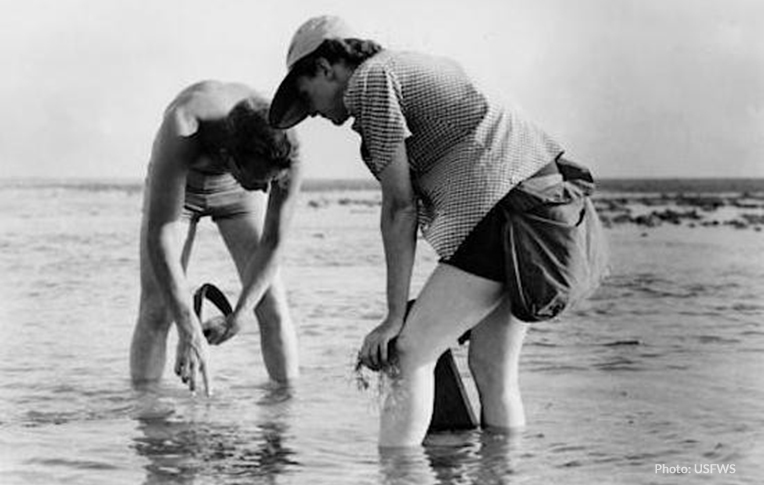 Rachel Carson and Bob Hines conducting research, Atlantic coast, 1952. Photo credit: USFWS
Rachel Carson and Bob Hines conducting research, Atlantic coast, 1952. Photo credit: USFWS
“Those who contemplate the beauty of the earth find reserves of strength that will endure as long as life lasts.” - Rachel Carson
Marjory Stoneman Douglas (1890—1998) was a writer who worked to preserve the Everglades National Park. Through her writing, she helped people understand that the Everglades were deserving of protection, not a worthless swamp. Douglas’ iconic book Everglades: River of Grass was published in 1947, the same year Everglades National Park was established. She remained a staunch supporter of Everglades’ conservation and restoration until her death. The Everglades Park contains a wilderness area named for her legacy.
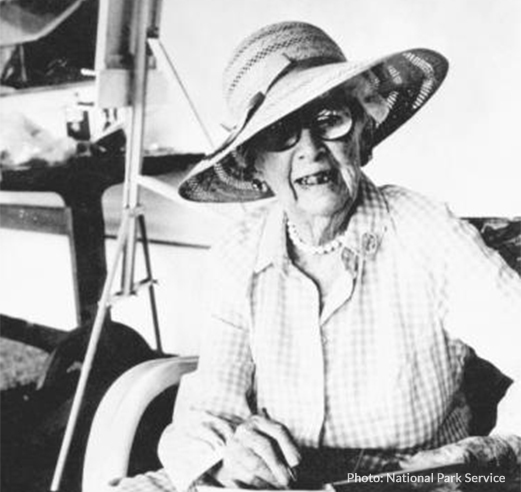
"It is a woman's business to be interested in the environment." - Marjory Stoneman Douglas
Margaret “Mardy” Murie (1902 – 2003) is considered the “grandmother of conservation.” A wildlife activist and ecologist, she accomplished important wildness victories such as the establishment and expansion of Alaska’s Arctic National Wildlife Refuge in 1964. Murie witnessed first-hand the signing of the Wilderness Act nearly 54 years ago.
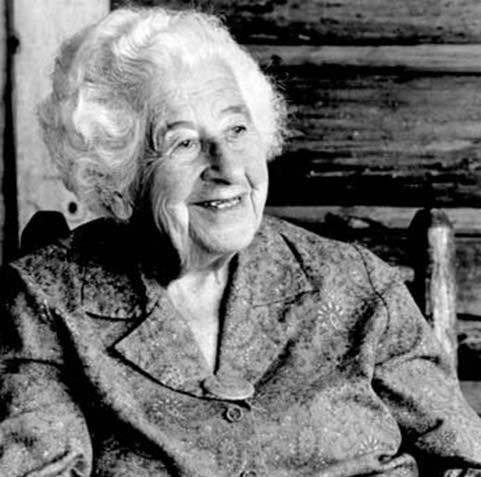
“Wilderness itself is the basis of our civilization. I wonder if we have enough reverence for life to concede to wilderness the right to live on?” - Mardy Murie
Celia Hunter (1910—2001) worked with Mardy Murie to protect the Arctic National Wildlife Refuge and became the first female president of a national conservation organization, the Wilderness Society. She played a major role in the passage of legislation that protected over 100 million acres of land in Alaska. On her dying day, Hunter wrote a letter to Congress urging a ban on oil drilling in the Arctic Refuge.
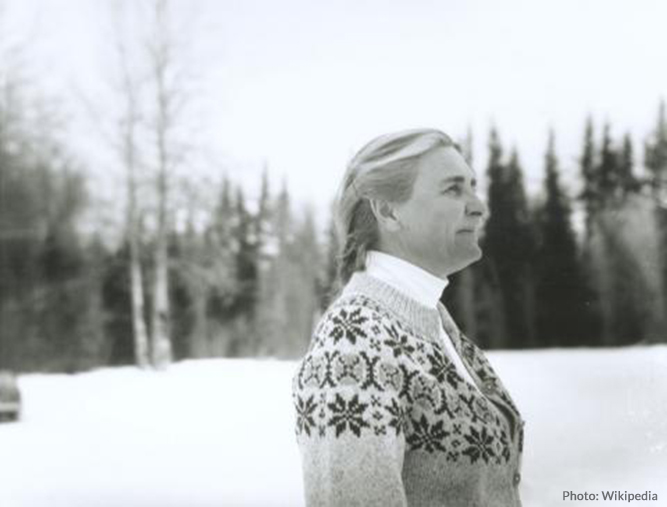
“You just have to keep a fire in your belly, and you just go for it, and when you do, you can make a tremendous difference.” Celia Hunter
Mollie Beattie (1947 – 1996) was the first female director of the U.S. Fish and Wildlife Service. In her short term there from 1993 to 1996, she oversaw the reintroduction of the gray wolf in the northern Rocky Mountains and the addition of 15 national wildlife refuges. A wilderness area in the Arctic National Wildlife Refuge is named for her. Beattie was integral in landmark environmental laws like the Endangered Species Act and the Clean Water Act.
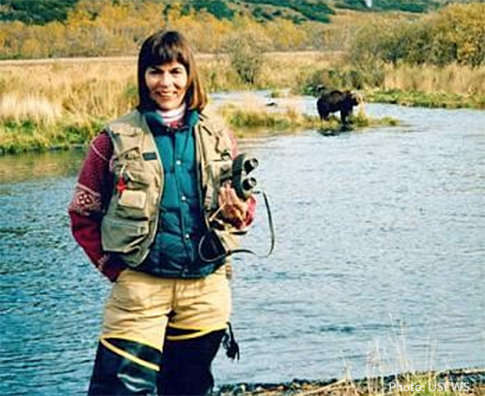
“In the long term, the economy and the environment are the same thing. If it's unenvironmental it is uneconomical. That is the rule of nature.” - Mollie Beattie
Rosalie Barrow Edge (1877 - 1962) was a conservationist and advocate for the preservation of birds and wildlife. She established the Emergency Conservation Committee that distributed thousands of pamphlets that reported outrageous acts of wildlife and habitat destruction, named the guilty, and rallied readers to action. Edge also founded the first preserve for birds of prey at Hawk Mountain Sanctuary in the Appalachian Mountains. This sanctuary provided Rachel Carson with data for her book Silent Spring. In addition, Edge’s grassroots activism led to the establishment of Olympic and Kings Canyon National Parks.
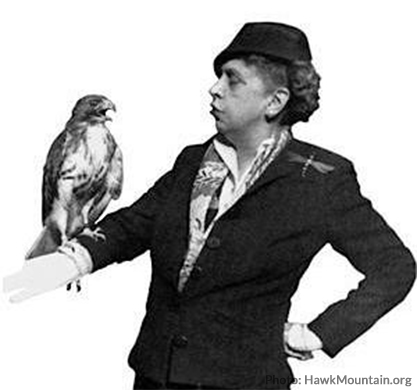
Hallie M. Daggett (1878 – 1964) was the first woman ever to be hired for a field position by the Forest Service. She served 15 seasons as a fire lookout at Eddy's Gulch Lookout Station atop the 6,444 feet Klamath Peak in California’s Klamath National Forest. She was given two days off per month and was paid $840 per year.
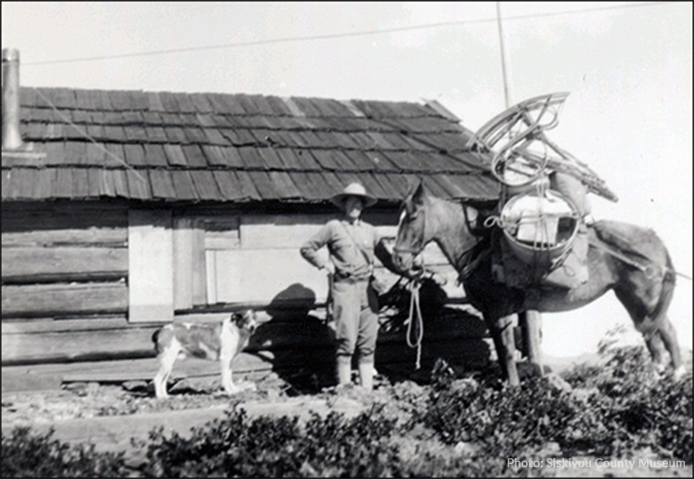 Hallie M. Daggett and her pack horse ready to leave the Eddy Gulch Station in the fall.
Hallie M. Daggett and her pack horse ready to leave the Eddy Gulch Station in the fall.
Barbara McMartin (1931-2005) was the author of 25 books including the Discover the Adirondacks Series, guidebooks covering most of the Adirondack Park. Her books not only gave trail directions, they also highlighted the natural and human history of the areas. McMartin served on environmental advisory committees including being chair of the NYS Department of Environmental Conservation’s Forest Preserve Advisory Committee from 1979 – 2003, where she helped form many policies for public lands in New York State. McMartin authored Volume 3 of the Council's 2020 VISION Series, Realizing the Recreational Potential of Adirondack Wild Forests. She was also the recipient of the Council's Adirondack Communicator and Adirondack Heritage Awards.
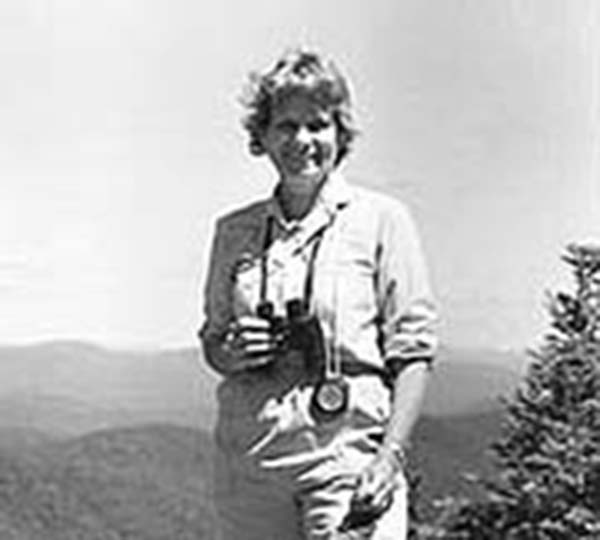
Anne LaBastille (1933-2011) is best known as the author of the four-volume series Woodswoman, stories of her experiences at her small rustic cabin, without electricity or plumbing, which she built and lived in. She wrote a dozen other books, articles for National Geographic and Backpacker magazines, and over two dozen scientific papers, some pointing out the dangers of acid rain to the Adirondacks. LaBastille was among the first female licensed guides in New York and served on the Board of the Adirondack Park Agency for 17 years. Before she became a defender of wilderness in the Adirondacks, she worked to save endangered giant grebes in Guatemala, and helped the World Wildlife Fund establish preserves there and in Panama. In 2017, LaBastille's log cabin along with many of her personal effects were moved from its original site on Twitchell Lake to the Adirondack Experience - the Museum at Blue Mountain Lake, so visitors can see how and where this "woodswoman" lived and worked.
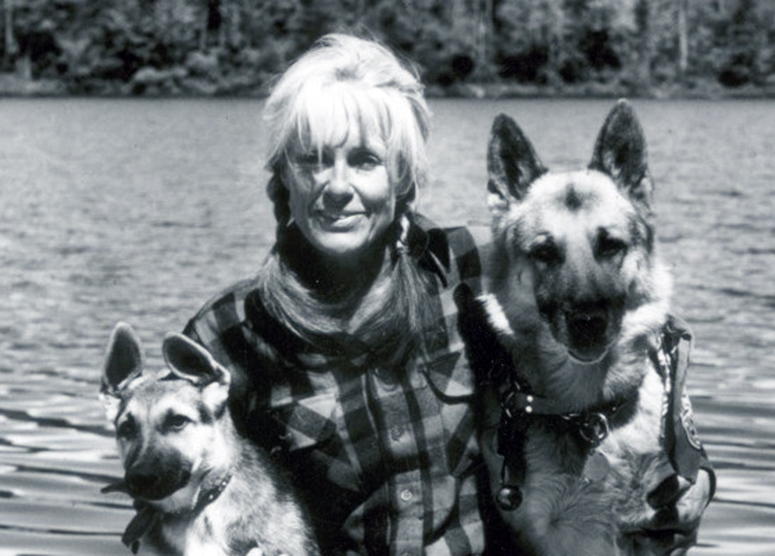
“Since we’re the natural care-takers in this world, I feel the greatest good that women can do is help the environmental movement. Women can save Earth’s creatures and the planet.” - Anne LaBastille
Grace Hudowalski (1906 – 2004) was the first woman to climb all 46 High Peaks and was a founding member of the Adirondack Forty-Sixers. She served as its first president from 1948-1951 and the club's historian until her death. Hudowalski was a staunch defender of Article XIV, the Forever Wild Clause, of the New York State Constitution. In 2014, East Dix mountain was officially renamed Grace Peak in her honor.
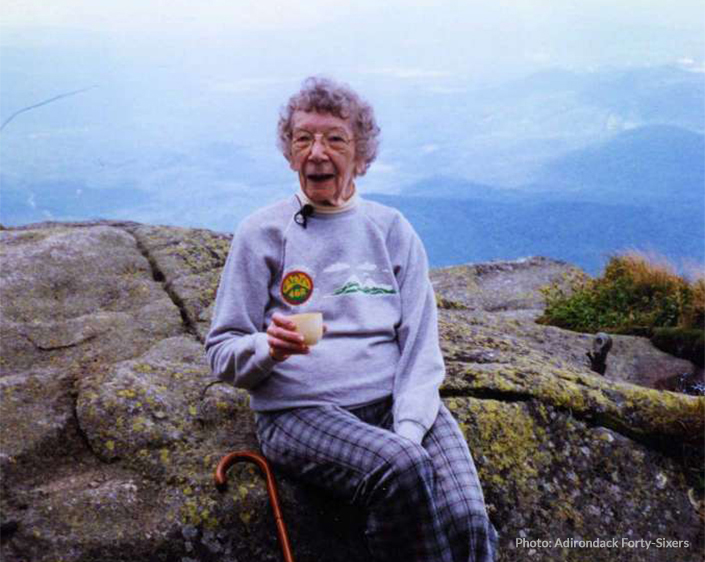 Grace Hudowalski on Whiteface Mountain
Grace Hudowalski on Whiteface Mountain
"There is something spiritual in the hikes. The mountains mean something different and special to each person. They are what connect us as a group. But the journey is an inward one, learning about yourself." - Grace Hudowalski
These women deserve to be respected, honored, thanked and remembered long into the future. Either through their conservation ethics, words or deeds, these pioneers left a legacy for us to preserve and protect. Are we up to the challenge? I hope so.
Are there other women in conservation that you admire? Tell us below.
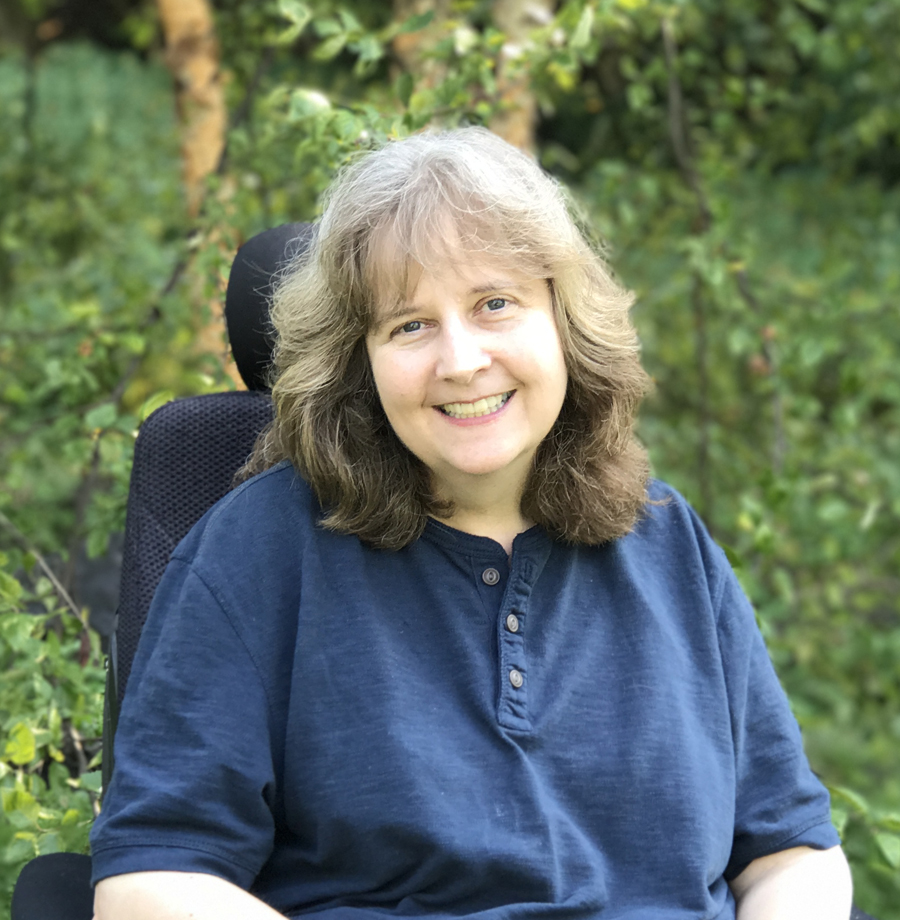 Lisa M. Genier joined the Council in 1992 working as its Legislative Associate in the Albany office. During her tenure, she played a role in the creation of the Environmental Protection Fund, which has been used to fund land purchases and environmental programs in the Adirondack Park and around the state. She was also a member of the negotiating teams that worked on re-licensing agreements for several hydroelectric facilities in the Park, which preserved thousands of acres of land, expanded recreational opportunities, and protected other natural resources. Lisa now works part-time as Program Analyst writing action alerts, interacting with members, managing the Council’s website, and serving in a consultative role on legislative and other issues.
Lisa M. Genier joined the Council in 1992 working as its Legislative Associate in the Albany office. During her tenure, she played a role in the creation of the Environmental Protection Fund, which has been used to fund land purchases and environmental programs in the Adirondack Park and around the state. She was also a member of the negotiating teams that worked on re-licensing agreements for several hydroelectric facilities in the Park, which preserved thousands of acres of land, expanded recreational opportunities, and protected other natural resources. Lisa now works part-time as Program Analyst writing action alerts, interacting with members, managing the Council’s website, and serving in a consultative role on legislative and other issues.




